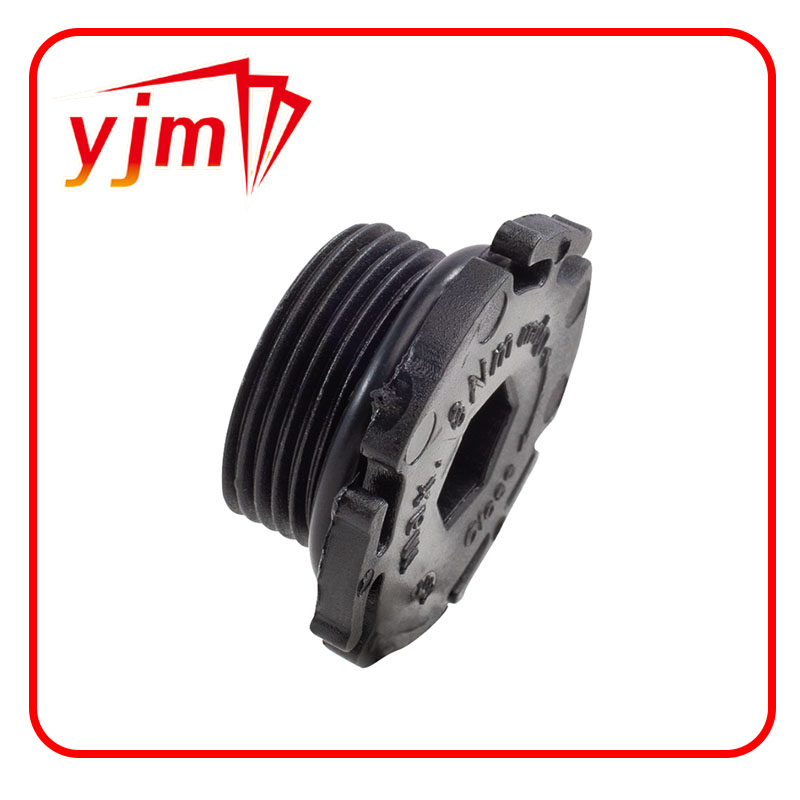o ring seal types
Understanding O-Ring Seal Types
O-rings are a vital component in various engineering and industrial applications, serving as seals to prevent the leakage of fluids or gases. Their simple structure—a loop of elastomeric material—makes them effective in providing a tight seal in a range of environments. However, not all O-rings are the same. They come in various types based on material, size, hardness, and application. Understanding these types is crucial for engineers and technicians tasked with selecting the right O-ring seal for their systems.
1. Material Types
O-rings are made from a variety of materials, each suited for specific applications
. Common materials include- Nitrile (Buna-N) This is the most commonly used O-ring material, ideal for petroleum-based oils, water, and some chemicals. It features good abrasion resistance but is not suitable for high-temperature applications.
- Viton (FKM) Made from fluorinated rubber, Viton O-rings are appropriate for high-temperature and chemical-resistant applications. They perform well in oils and fuels, making them excellent for automotive applications.
- Silicone Known for its flexibility and heat resistance, silicone O-rings are often used in applications involving food processing and medical devices. However, they may not perform well under high-pressure conditions.
- EPDM (Ethylene Propylene Diene Monomer) This material is highly resistant to heat, aging, and environmental factors. EPDM O-rings are commonly used in outdoor applications or with water and steam.
- Neoprene Known for its durability, neoprene O-rings are resistant to chemicals and are often used in refrigeration and automotive applications.
o ring seal types

2. Size and Dimensions
O-rings come in a multitude of sizes and dimensions to fit various applications. The size of an O-ring is determined by its inner diameter, outer diameter, and cross-sectional diameter. It's crucial to select the right size to ensure that the O-ring fits snugly in its groove without excessive compression or stretching, which can lead to premature failure.
3. Hardness Ratings
The hardness of O-rings is measured on the Shore A scale, with values typically ranging from 40 to 90. Softer materials (lower Shore A values) provide better sealing but may wear more quickly, while harder materials (higher Shore A values) offer improved durability but might compromise the seal under certain conditions. Selecting the appropriate hardness is essential based on the application’s pressure and environmental stressors.
4. Application-Specific Types
Certain O-rings are designed for specific applications. For example, quad rings (or X-rings) offer a more robust sealing capability than traditional O-rings due to their unique shape, which provides better contact with the sealing surfaces. Hydraulic O-rings are often made from materials that can withstand high fluid pressures and are designed to prevent leaks in hydraulic systems.
Conclusion
Choosing the right O-ring seal is critical for the success and longevity of mechanical systems. By understanding the different types of O-rings available—based on material, size, hardness, and specific applications—engineers can make informed decisions that enhance sealing performance, reduce leakage, and avoid costly downtime. With the right knowledge, O-rings can effectively meet the sealing challenges presented in various industries, from automotive to aerospace and beyond.
-
Understanding the Importance of the Crankshaft Oil Seal in Engine Performance
News Jun.16,2025
-
The Unsung Heroes of Engine Protection: Understanding Automotive Shaft Seals and Oil Seals
News Jun.16,2025
-
Keeping the Engine Tight: The Role of Crankshaft Seals and Gaskets in Oil Control
News Jun.16,2025
-
Complete Protection in Harsh Conditions: A Deep Dive into Cassette Seals
News Jun.16,2025
-
Choosing the Right Oil Seal: A Guide to Trusted Brands and Suppliers
News Jun.16,2025
-
Advanced Sealing Technologies: Exploring the Range of Modern Oil Seals
News Jun.16,2025
-
Your Essential Guide to Car Repair Kits: From Rust to Dings
News Jun.13,2025
Products categories















